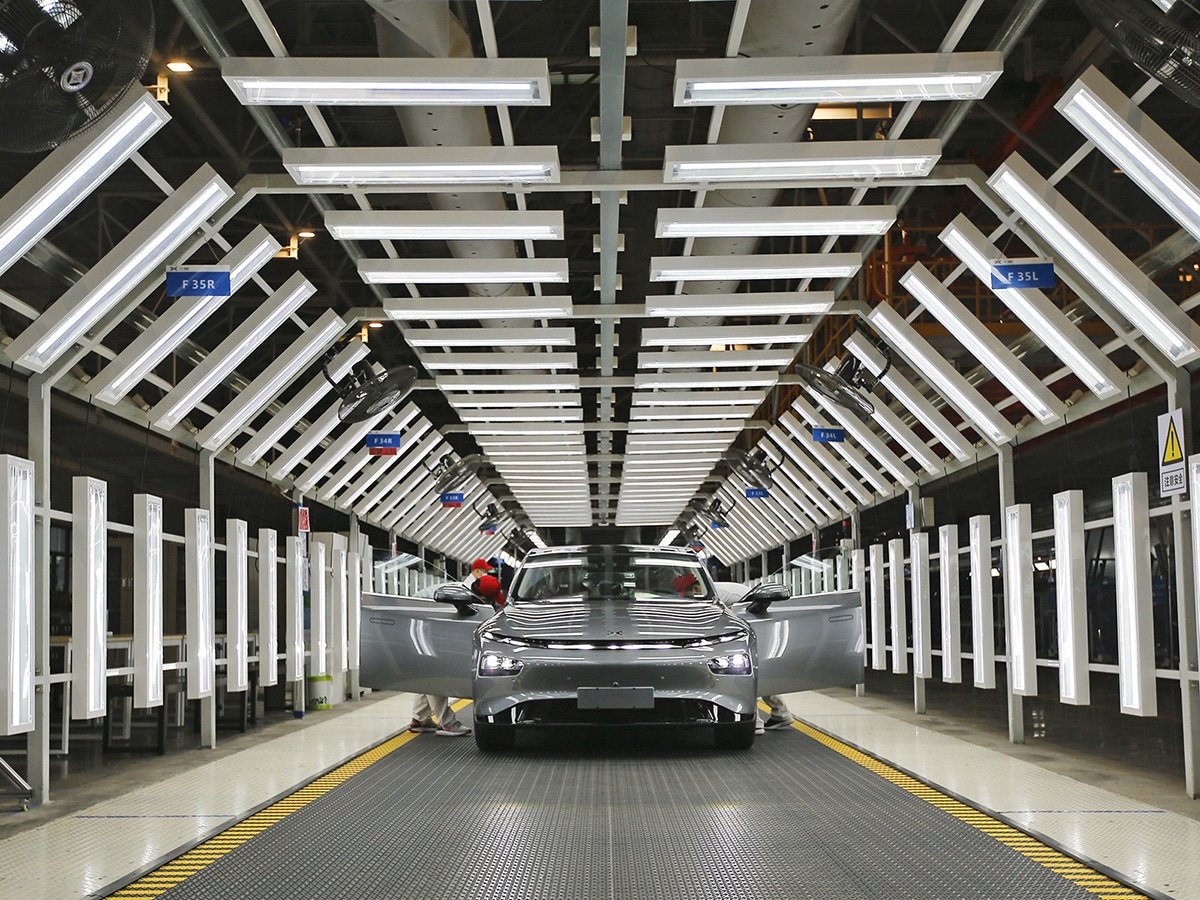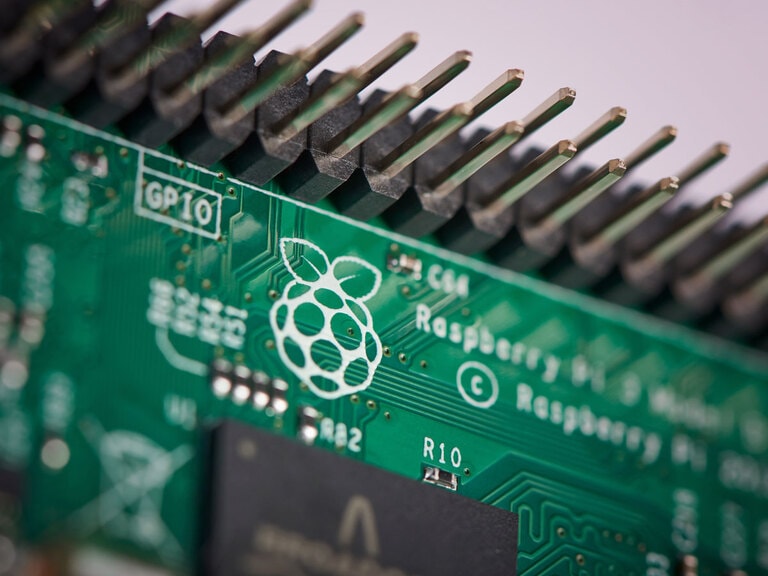Investors will be watching China’s EV sector closely this week as XPeng prepares to report Q2 earnings on Tuesday and NIO holds its AGM on Thursday. XPeng has outpaced many of its rivals in terms of sales growth, but widening losses have knocked confidence in its stock.
Supply chain issues will be in focus when electric vehicle (EV) maker XPeng [XPEV] reports Q2 earnings on 23 August. The Chinese startup said during its Q1 earnings call in May that it was working hard to “overcome the negative impact” of the challenges presented by the macro environment.
Following the containment of Covid-19 outbreaks in the Guangdong province, XPeng was able to restart double-shift production at its factory in Zhaoqing (pictured) in mid-May and is “making every endeavour to accelerate vehicle delivery to better serve [its] customers”.
Deliveries for the three months to the end of June came in slightly higher than expected at 34,422, compared with the forecasted 31,000–32,000, representing a 98% increase year-over-year. The total number of vehicles delivered in the first six months rose 124% to 68,983.
XPeng share price falls on widening Q1 losses
Despite XPeng’s sales growth outperforming that of competitors Li Auto [LI] and NIO [NIO], the XPeng share price has been on a downward trend. The stock is down 24.7% in the past month to $21.24 at the close on 19 August and down 57.8% year-to-date.
One of the catalysts has been the threat of its ADR shares potentially being delisted from the NYSE. Another is that its Q1 earnings didn’t instil much confidence in investors who have been keen to reduce their exposure to high-growth stocks.
XPeng’s revenue swelled by 152.6% in Q1 2022 to RMB7.45bn on the back off vehicle sales growing 149% to RMB6.99bn. Total deliveries also grew 159% year-over-year to 34,561.
Despite an impressive top line performance, it’s the bottom line that has weighed on the XPeng share price. The company reported a net loss of RMB1.7bn for the three months to the end of March. This was much wider than the net losses of RMB786.6m and RMB1.29bn reported in Q1 2021 and Q4 2021, respectively.
Concerns regarding these losses may have contributed to Tiger Global Management’s decision to slash its stake by two-thirds in the second quarter. According to the hedge fund’s most recent 13F filing, its position has reduced from 13.72 million shares to 4.36 million.
XPeng’s Q2 revenue expected to fall
XPeng’s management isn’t overly worried by supply chain issues. “We will continue to manage supply chain uncertainties and we remain confident in our exciting product pipeline planned for 2022 and beyond. In addition, we expect to further leverage our economies of scale and continue to improve our operating efficiency,” said president Brian Gu in prepared remarks.
The company expects Q2 revenue to fall between RMB6.8bn and RMB7.5bn. Meanwhile, four analysts polled by Yahoo Finance are forecasting revenue to be in a range of $1.02bn (RMB6.95bn) to $1.08bn (RMB7.36bn).
CLSA analyst Aaron Li maintained a ‘buy’ rating on the stock earlier this month. In a note to clients seen by industry publication Electric Vehicles, Li lowered its price-to-sales ratio from 5x 2022 sales to 2.1x 2022 sales. On this basis, he also lowered the price target for ADR shares from $42 to $35, implying an upside of 65% from the most recent closing price.
NIO prepares for AGM this week
Ahead of NIO’s AGM on 25 August, Li also cut his price target on NIO from $30 to $27.50, an upside of 44% from the 19 August closing price of $19.05. The fellow Chinese EV maker reports earnings this week too – its first since a Grizzly Research short report in June accused it of “accounting games” and inflating revenue and net income.
“After establishing itself as a premium electric SUV maker over a mere seven years, it is now planning to move into sedans as well as going on a European drive. Its innovative battery-charging model may be a major draw for users and differentiates it from other high-end EV producers, as does its investment in future technology,” wrote Li.
Continue reading for FREE
- Includes free newsletter updates, unsubscribe anytime. Privacy policy





